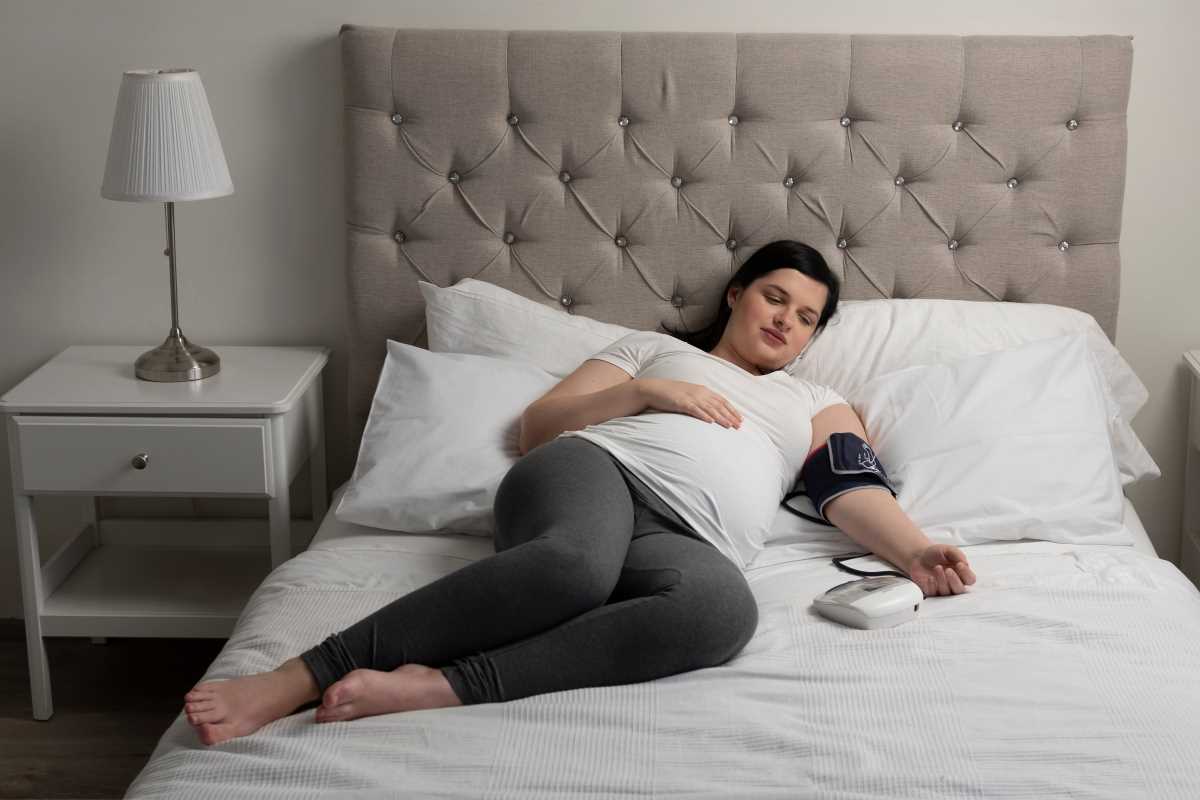Chronic migraines can take over your life and make it almost unlivable, especially for those who may experience auras with several days of downtime prior to an event. The pounding headaches, sensitivity to light, and nausea make even the simplest tasks feel impossible. Medications might ease some of the pain, but living well with migraines often means going beyond pills. Lifestyle changes can play a big role in managing symptoms, reducing the number of migraine days, and improving overall quality of life. We're explaining some specific, practical changes you can make every day to take control of your migraines and feel more like yourself again.
1. Staying Hydrated
Dehydration is a common migraine trigger. Drinking enough water each day can make a noticeable difference. Aim for at least eight glasses of water daily, but adjust based on your activity level and climate. You might notice subtle warning signs of dehydration, like dry lips or fatigue, before a migraine sets in.
Keeping a water bottle handy and sipping throughout the day helps maintain consistent hydration. Adding flavored electrolytes (without too much sugar) is another way to stay refreshed while keeping important minerals in balance.
2. Building a Regular Sleep Schedule
Unpredictable sleep patterns can make migraines worse. Going to bed and waking up at the same time every day, even on weekends, stabilizes your body’s internal clock. This consistency helps prevent the headaches that often follow poor or irregular sleep.
Avoid screens or bright lights for at least an hour before bedtime. Activities like reading, meditating, or listening to calming music encourage relaxation. Creating a quiet, dark, and cool sleep environment can also reduce nighttime disruptions.
3. Paying Attention to Diet
Certain foods are linked to migraines, though triggers vary between individuals. Common culprits include processed meats, aged cheeses, artificial sweeteners, and foods high in MSG (monosodium glutamate). Keeping a food journal to track your meals and symptoms can help identify patterns over time.
Eating smaller meals throughout the day, instead of three large ones, helps maintain steady blood sugar levels and prevents the “crash” that occasionally triggers migraines.
Including magnesium-rich foods like spinach, nuts, and avocados promotes healthy nerve function, which can reduce the likelihood of migraines. Omega-3 fatty acids found in fish like salmon or plant-based flaxseeds have also been linked to reduced inflammation, which can help ease symptoms.
4. Managing Stress Effectively
Stress is a key player in many migraines. The body’s “fight or flight” response releases hormones that can trigger headache pain. Relaxation techniques, like deep breathing and guided meditation, teach your body to counteract this response.
Physical activities such as yoga, tai chi, and walking combine movement and relaxation, easing tension and improving blood circulation and mood. Finding a creative outlet, such as journaling, drawing, or gardening, can also serve as a meaningful way to release stress.
Taking regular breaks during a busy day helps keep stress levels low and prevents mental exhaustion, which can sometimes lead to migraines.
5. Getting Active
Consistent exercise can keep you fit, but it also reduces migraine frequency over time. Aerobic activities like swimming, biking, or brisk walking are particularly effective because they reduce stress and boost endorphins (your body’s natural painkillers).
Overexertion, however, can backfire and become a trigger itself. Starting gently and building up intensity works best, especially for those who are new to exercise. Gentle stretching or low-impact workouts can be helpful on days when a full workout isn't possible.
6. Tracking Triggers
Being proactive about migraines often starts with figuring out what triggers them. Keeping a symptom journal that includes notes on food, sleep, stress levels, and weather changes can paint a clearer picture of patterns.
Apps, like Migraine Buddy, designed specifically for migraine tracking or simple diaries can reveal surprising connections you might not notice otherwise. This information becomes invaluable when talking to doctors, as it leads to more targeted treatment plans.
7. Limiting Caffeine and Alcohol
Caffeine offers a mixed bag for migraine management. Small amounts can sometimes relieve immediate symptoms, but too much caffeine in your regular diet becomes a problem over time. Sudden caffeine withdrawal is another common trigger. Drinking no more than one cup of coffee or tea a day keeps your intake balanced.
Alcohol, especially red wine and beer, is known to trigger migraines in many people. Limiting or avoiding alcoholic beverages may remedy unpredictable headaches, especially during social events or celebrations that often center around drinking.
8. Practicing Better Posture
Slouching or sitting hunched over a desk for extended periods tightens neck and shoulder muscles. This tension can build up, triggering migraines. Regular adjustments to your posture and sitting ergonomics make a world of difference.
Using a supportive chair and keeping your screen at eye level helps maintain proper alignment throughout the day. Stretching your neck, back, and shoulders with quick breaks every hour reduces strain. For added comfort, consider ergonomic tools like lumbar support cushions or standing desks.
9. Trying Relaxation Therapies
Sometimes, it’s about looking beyond the obvious solutions. Acupuncture or massage therapy targets muscle tension and encourages blood flow. Biofeedback trains your body to relax in response to stress. Focus on what works for you.
Relaxation-based therapies, such as guided visualizations, strengthen mental focus and lower migraine frequency for some people. Experimenting with these therapies, individually or in tandem, is worth considering, especially when standard approaches plateau.
10. Protecting Against Environmental Triggers
Migraines caused by sensitivity to lights, smells, or sounds can be difficult to manage without a plan. Minimizing exposure to harsh lighting, such as fluorescent bulbs, reduces the risk of headaches. Aim for soft, natural light or invest in tinted glasses designed for migraine prevention.
Using unscented or hypoallergenic products keeps strong smells like perfumes or cleaning chemicals from aggravating symptoms. When noise is an issue, noise-canceling headphones or a quiet room can offer relief.
 (Image via
(Image via





